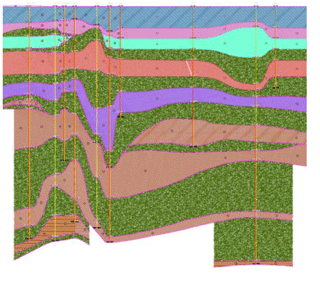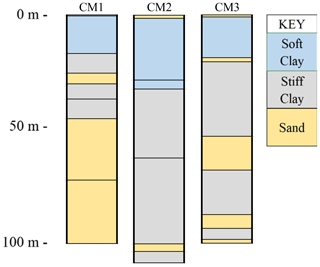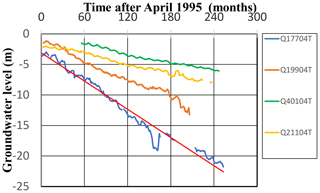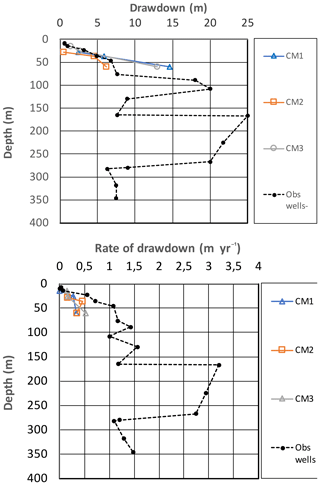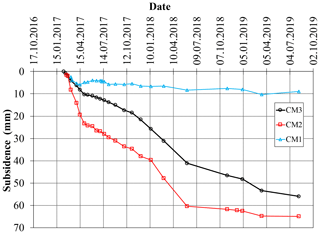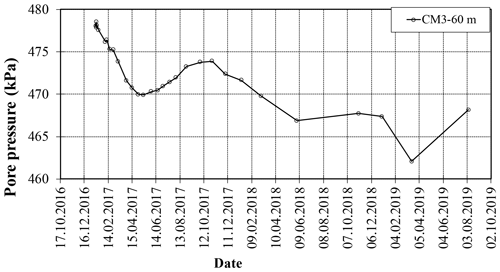Preliminary results of land subsidence monitoring in the Ca Mau Province
A previous study of the Ca Mau province in Vietnam (Karlsrud et al., 2017a) suggested that ongoing groundwater pumping, which by 2012 had caused a drawdown of the water level in aquifers of up to 20 m, caused subsidence of the order 2–4 cm yr−1, and could have reached over 40 cm already. Earlier InSAR studies also suggested ongoing subsidence rates of that order. If the groundwater pumping continues, the total subsidence could reach well over 1 m within the next few decades. The predicted climate driven sea level rise, to be of the order of 60 cm by 2100, will further add to the severe effect of the subsidence. As most of the Ca Mau province lies only 0.5 to 1.5 m a.s.l. (above sea level), the consequences would rapidly become very serious for the livelihood of people in the region. Increased saltwater intrusion into canals and tributaries in the province, and beginning salination of some of the aquifers from which groundwater is pumped, is already observed.
In 2017, for the first time, a physical system for subsidence monitoring was installed at three selected locations in the Ca Mau province. At each location a deep benchmark to a depth of 100 m was installed, each with 3 piezometers at depths ranging from 15 to 60 m. An InSAR corner reflector was also installed at each site.
The paper presents data collected from these new monitoring stations up until the middle 2019. When including estimated subsidence stemming from the soil levels deeper than 100 m, the total present rate of subsidence at the three new monitoring stations range from 17 to 44 mm yr−1. New and previous data show an almost linear decrease in water level within the aquifers from which groundwater is pumped. The data show some seasonal variations in subsidence rates, which is also reflected in variations in pore pressures in the sediments. Such variations are probably related to seasonal variations in levels of groundwater pumping. It is feared that many of the other provinces south of Ho Chi Minh city, face similar subsidence problems. The monitoring program should be extended to verify that. Measures to reduce groundwater and subsidence are urgently needed.







